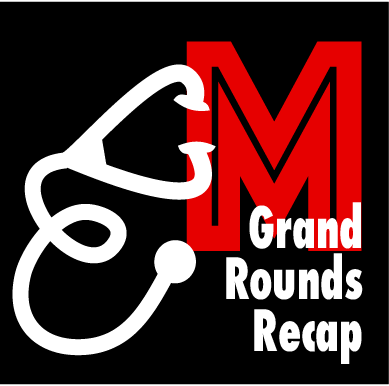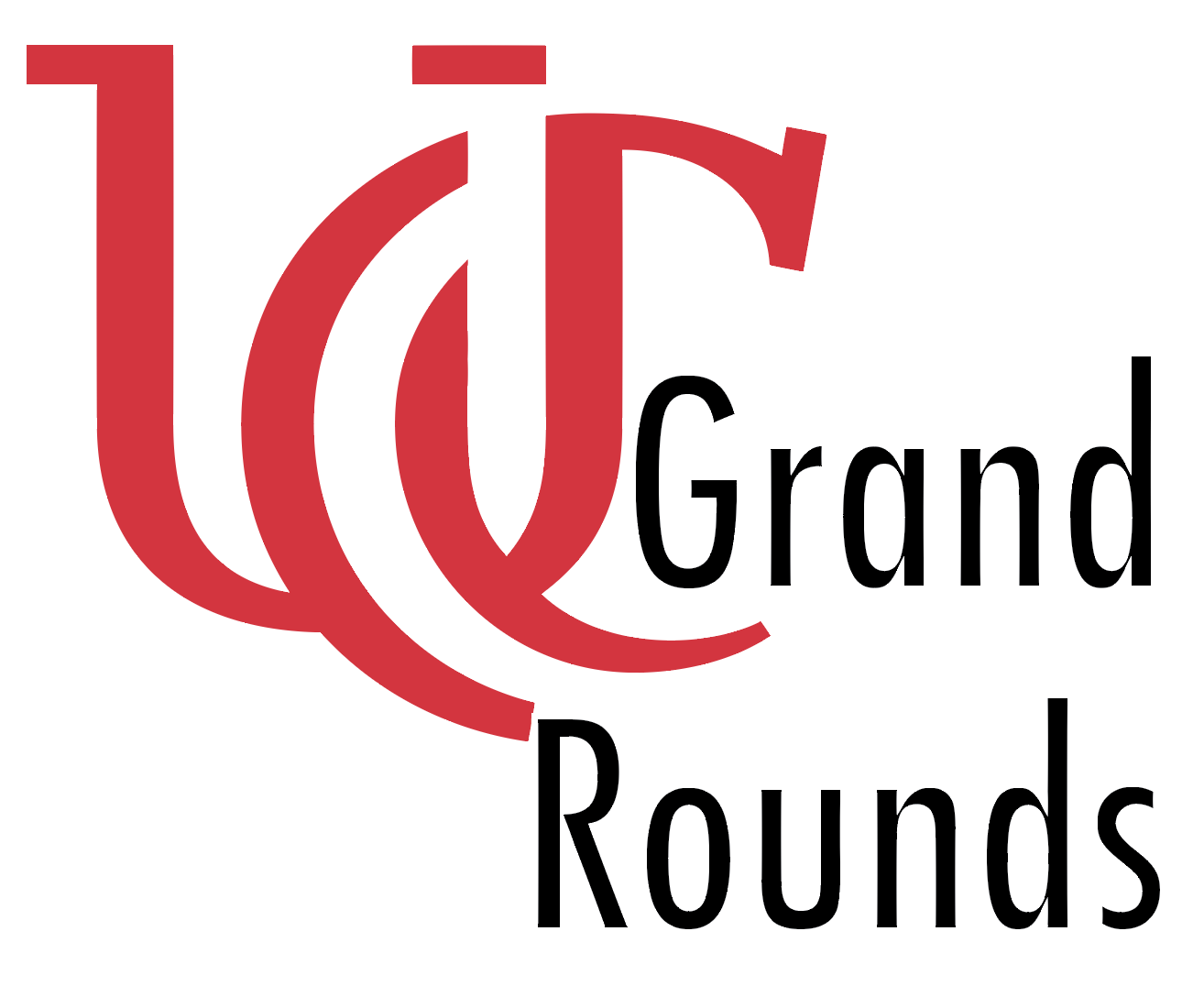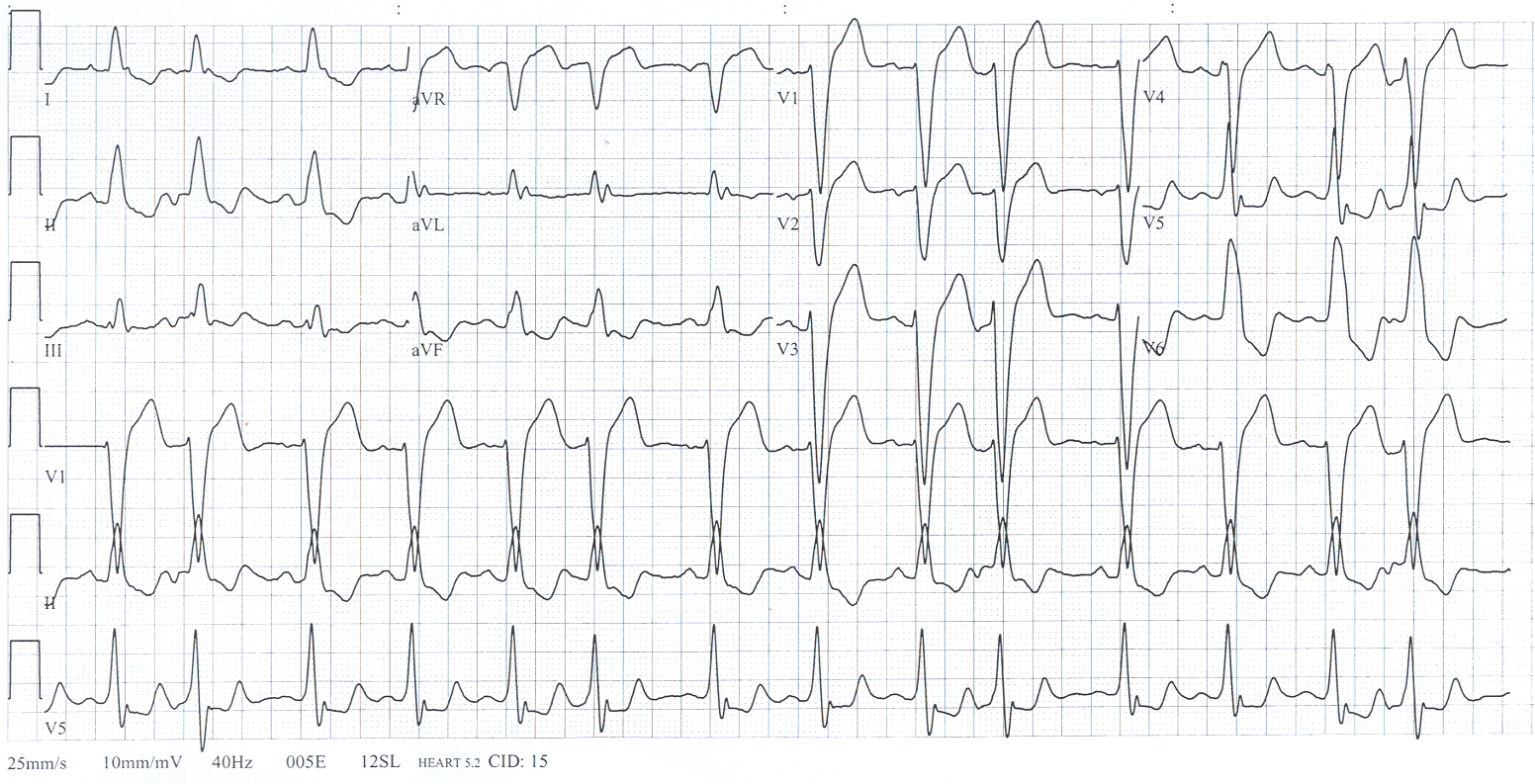Grand Rounds Recap 3.9.22
/In this week’s Grand Rounds, Dr. Gibler Visiting Professor and UCEM Alum, Dr. Chris Miller, shares his insight on emergency medicine leadership development and our role in healthcare’s evolution, Drs. Tillotson and Yates guide us through their evidence-based QI/KT protocol for hypertension evaluation and management in the ED, Dr. Sobocinski discusses the pathophysiology, presentation, and management of PRES and RCVS, and Dr. Wolochatiuk shares lessons learned and approach to bias in medicine during her R4 Capstone.
Read More















